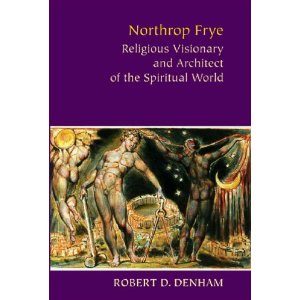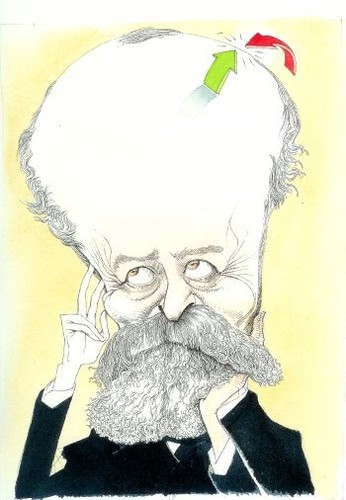“The irritable reaching after fact and reason may take a long time, and there’s no guarantee that we won’t forever remain in uncertainties, mysteries, and doubt about the motives of the Arizona killer. But regardless of what we do or do not discover, the use of language that frames one’s political opponents as prey to be shot has no place in civic discourse. No negative capability is required to take that position. As Frye says, every society has some measure of mob rule and lynch law, and the language of both, in his words, ‘congeals into a mood of anticipatory violence.’ Our job is to resist such language.” — Bob Denham, in the comment thread today
Daily Archives: January 11, 2011
Doublespeak from the Palin Camp
Compare this:
An advisor to Sarah Palin, Rebecca Mansour said that the cross hairs, in fact, were not meant to be an allusion to guns, and agreed with her interviewer’s reference to them as “surveyors symbols.” (New York Times, 10 January 2011).
With these items:
Tweet by Sarah Palin (4 November 2010): “Remember months ago ‘bullseye’ icon used 2 target the 20 Obamacare-lovin’ incumbent seats? We won 18 out of 20 (90% success rate; T’aint bad).” http://twitter.com/SarahPalinUSA/status/29677744457
Tweet by Sarah Palin (23 March 2010): “Commonsense Conservatives & lovers of America: ‘Don’t Retreat, Instead – RELOAD!’ Pls see my Facebook page.” http://twitter.com/SarahPalinUSA/status/10935548053
From the Facebook page referred to (note words in boldface):
“We’ll aim for these races and many others. This is just the first salvo in a fight to elect people across the nation who will bring common sense to Washington. Please go to sarahpac.com and join me in the fight (Palin, 2010, ¶4).
Stand tall, America. Real change is coming (Palin, 2010, ¶5)!
– Sarah Palin
Please consider a one-shot $100 donation to SarahPAC – $5 for each of the 20 leftists being targeted for removal from the US House of Representatives.
Sorry, Ms. Mansour, but the metaphors here (bullseye, reloading, aiming, firing salvos, and targeting) do not come from the language of surveying. If the crosshair logo were actually a surveyor’s symbol, one wonders why it was removed with such dispatch yesterday.
William James
Today is William James‘s birthday (1842-1910).
Frye in The Secular Scripture cites James to illustrate a familiar theme; the illusion of reality and the reality of illusion.
When we look at social acts as rituals, we become at once aware of their close relation to a good deal of what goes on within the mind. Anyone reading, say, William James’s Varieties of Religious Experience must be impressed by the extraordinary skill with which many people arrange their lives in the form of romantic or dramatic ritual, in a way which is neither wholly conscious nor wholly unconscious, but a working alliance of the two. William James takes us into psychology, and with Freud and Jung we move into an area where the analogy to quest romance is even more obvious. In a later development, Eric Bernes’s “transactional” therapy, we are told that we take over “scripts” from our parents, which it is our normal tendency to act out as prescribed and invariable rituals, and that all possible forms of such scripts can be found in any good collection of folk tales. Romance often deliberately descends into a world obviously related to the human unconscious, and we are not surprised to find that some romances, George MacDonald’s Phantastes, for example, are psychological quests carried out in inner space. Such inner space is just as much of a “reality,” in Wallace Stevens’s use of the word, as the Vanity Fair of Thackeray: Vanity Fair itself, after all, is simply a social product of the illusions thrown up by the conflicts within the inner consciousness. When we look back at the Cistercian developments of Arthurian legend, with their stories of Galahad the pure and his quest for the Holy Grail, we see that an identity between individual and social quests has always been latent in romance. (CW 18, 41)


